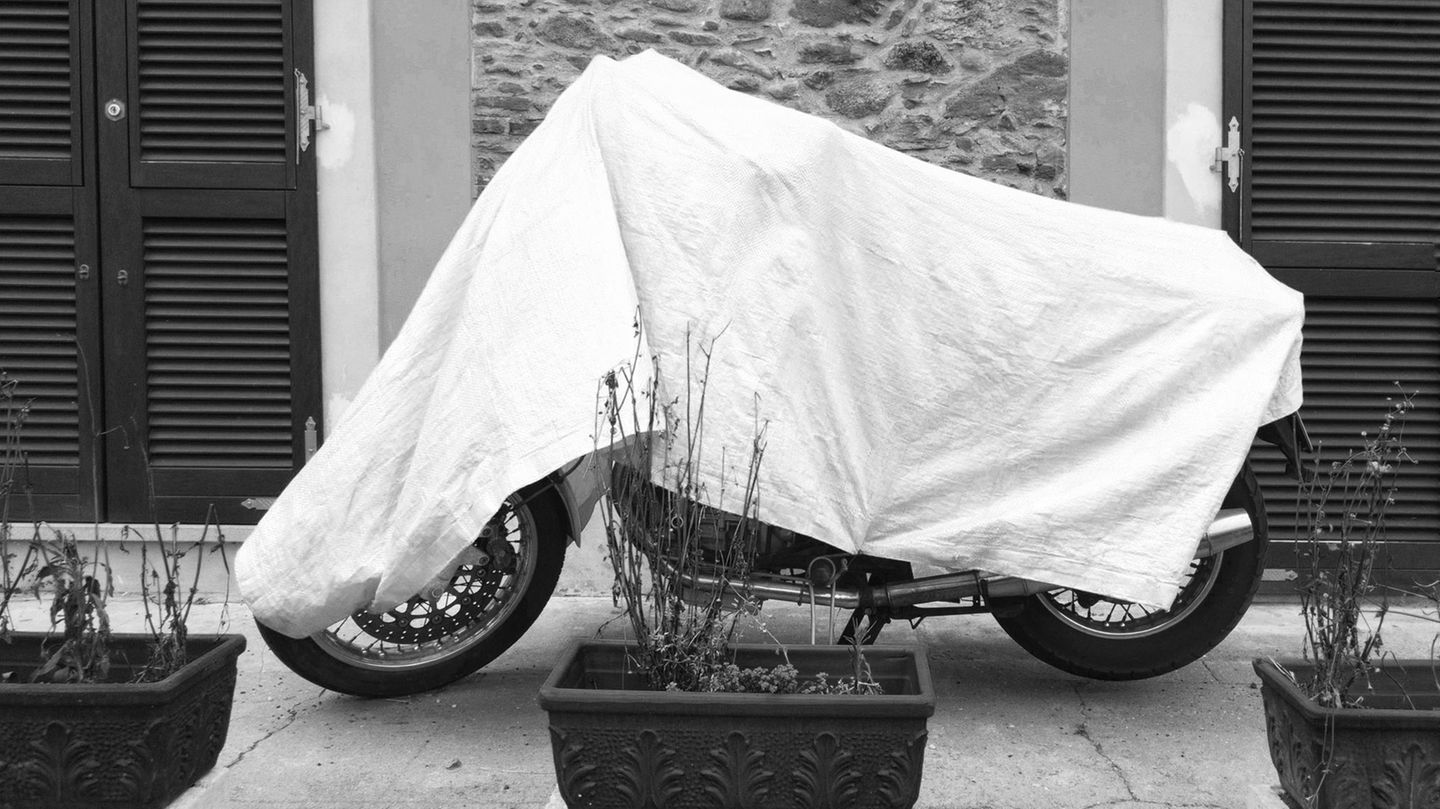There were no figures on total participation by early afternoon. In several large cities and countries, however, it was higher than in 2017 until noon, with the increase in postal votes also playing a role. Long queues formed in front of numerous polling stations in Berlin.

In the most populous federal state of North Rhine-Westphalia, 44.8 percent of those taking part in the polls cast their votes in polling stations by 12 noon, the state returning officer announced on Sunday. At the same time in the 2017 election, the value was only 40.1 percent. In the metropolis of Cologne, for example, 19.37 percent of those eligible to vote had cast their vote by 11 a.m., according to the administration. In 2017 it was 17.37 percent at this point in time. Postal voters were included on a pro rata basis.
In the Bavarian capital of Munich, almost 60 percent of voters had voted by 11 a.m. – including postal votes. A similar value was only reached around 2 p.m. in the last federal election.
Long waiting times in the German capital
In Berlin there was a slight increase in participation. According to the office of the regional returning officer, 27.4 percent of the eligible voters went to the vote by noon. In the 2017 federal election it was 27.2 percent. A third of the requested ballot papers for postal voting are included in the calculation for this time.
Eligible voters in Berlin sometimes had to queue for more than an hour to get to the cross in the voting booth. For the timely casting of votes, this means, according to information from the office of the regional returning officer: Anyone who stands in line until 6 p.m. can still vote.
Several factors were given as reasons for the waiting times. On the one hand, there were four decisions pending in Berlin, with a correspondingly large number of ballot papers, some of which were long. In addition to the general election, there was also an election for the House of Representatives. In addition, over twelve district parliaments were redefined. In addition, voters could vote on whether large housing groups with more than 3,000 apartments should be expropriated.
In addition, there are the corona-related hygiene measures that have already led to delays in other elections compared to the otherwise usual procedure. In Berlin, numerous election workers have also dropped out. They should be replaced by successors.
There were also delays due to breakdowns. In some polling stations, ballot papers for the House of Representatives elections from the Friedrichshain / Kreuzberg and Charlottenburg / Wilmersdorf districts were swapped. Until the correct ballot papers were available, the polling stations had to close temporarily.
- Video: The Chancellor candidates Scholz (SPD) and Laschet (CDU) cast their votes
This video is disabled
Please activate the categories Performance cookies and Functional cookies in your cookie settings to display this element. My cookie settings
In Saxony, on the other hand, the general election started a little more cautiously than four years ago. According to the state returning officer, 25.9 percent have voted in the polling stations by 12 noon, in 2017 it was 27.1 percent at the same time. However, the authority reckons that a quarter of the approximately 3.3 million eligible voters in the Free State made use of postal votes. In Saxony-Anhalt, too, it is estimated that fewer citizens have voted than four years ago.
In the afternoon, the Federal Returning Officer will announce an interim status on voter turnout. It is expected that this time more people will vote by postal vote than ever before. According to the Federal Returning Office, it could be at least 40 percent. In 2017, 28.6 percent of those eligible to vote already made use of postal votes. The turnout four years ago was 76.2 percent.




